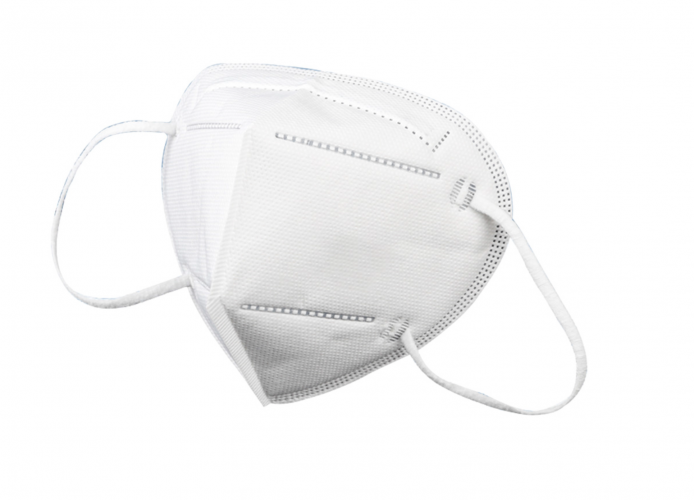How to find the mask that suits best.
Just like people’s faces, masks come in different shapes and sizes.
Most masks fall into one of these categories:
- Nasal pillows mask (sits at your nostrils)
- Nasal mask (covers your nose)
- Full face mask (covers your mouth and nose)
Try KN95 mask for your protection
Which mask is best for me?
It can take some time to work out which mask is best for you.
Making that decision can depend on how you breathe… For instance, do you breathe through your mouth rather than your nose, or do you tend to get a blocked nose?
If you know you have no problem breathing through your nose when wearing a mask, you should be able to use a nasal pillows mask or nasal mask.
If you breathe through your mouth (sometimes referred to as ‘mouth breathing’), you can try a full face mask or a nasal mask with a chin strap to stop your mouth from opening during sleep.
How to treat mouth leak
The aim of getting a good mask fit is to achieve a stable seal (so that air does not leak out), without compromising your comfort.
If air is leaking out of your mask (mask leak) or your mouth (mouth leak) you won’t get the full benefits of therapy.
The best way to get a good seal is to fit the mask before connecting the tubing or turning on your therapy device. Putting the mask on with the air pressure turned on might crease or twist the cushion or pillows, which could create “leaks.”
Creases in the cushion or pillows can be very small and hard to feel, and most people tend to react by tightening the mask too much to get a good seal, which can be very uncomfortable. Over-tightening the mask can also lead to leaks and therefore should be avoided.
Once your mask is correctly positioned on your face, turn the air flow on. You may need to make minor adjustments with the device turned on to ensure you still have a good seal.
It’s normal to spend some time putting your cotton mask on properly at first. You can use a mirror or ask someone to check if the cushion or pillows are positioned properly.
Incorrect fitting causes many of the problems people have with masks. Each mask type has a specific fitting sequence, so it’s best to follow the steps outlined in your user guide.
The more you can get used to your mask the better. Practice putting it on, taking it off and detaching it from the tubing during the day, so that you feel confident about doing it at night, in the dark or when you’re half asleep.
It’s important to realise that you’re not expected to know how to fit your mask perfectly the first time. It takes time to perfect, and as you get used to your mask, you will find a way of fitting that works best for you.
And remember: if you’re having difficulty fitting your mask, your ResMed accredited outlet is there to help you smooth out any issues.
Please also contact them if you’re finding it difficult to get a good seal; you might have the wrong mask or wrong size.
Getting the right mask size
Your aim is to achieve a neat and snug mask fit, not too loose and not too tight. Many people fit more than one size. So if the mask is still leaking air (especially around the bridge of the nose for a nasal or full face mask) it might be worth trying a different mask size.
If you’re having issues with your mask, check your user guide to make sure you’re fitting it correctly. Also, check for creases.
Don’t assume if you’re male you need a large mask size or if you’re female you need a small one. Your mask size depends on the key measurements of your face. See a ResMed accredited outlet or your doctor to make sure you have the right mask size.




